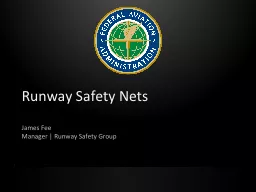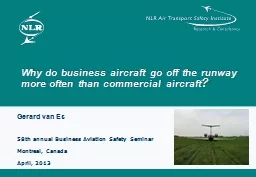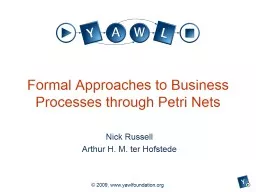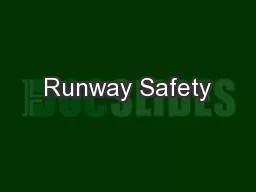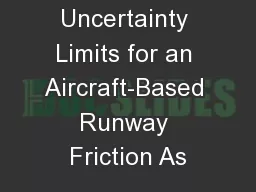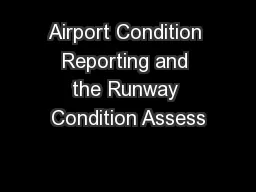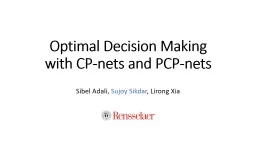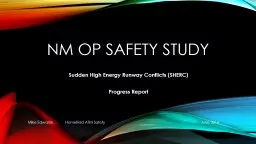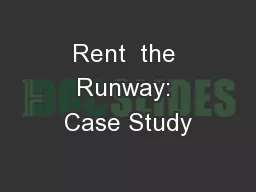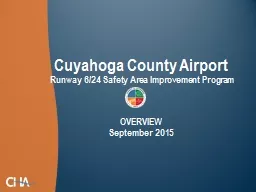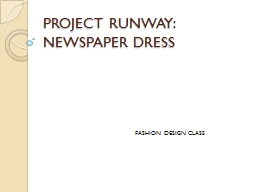PPT-Runway Safety Nets James Fee
Author : test | Published Date : 2018-02-08
Manager Runway Safety Group DTW Detroit Metro Airport Significant Occurrence Alert 27 January 2016 MOR Alert for DTW Type Suspected loss involving AC and Vehicle
Presentation Embed Code
Download Presentation
Download Presentation The PPT/PDF document "Runway Safety Nets James Fee" is the property of its rightful owner. Permission is granted to download and print the materials on this website for personal, non-commercial use only, and to display it on your personal computer provided you do not modify the materials and that you retain all copyright notices contained in the materials. By downloading content from our website, you accept the terms of this agreement.
Runway Safety Nets James Fee: Transcript
Download Rules Of Document
"Runway Safety Nets James Fee"The content belongs to its owner. You may download and print it for personal use, without modification, and keep all copyright notices. By downloading, you agree to these terms.
Related Documents

